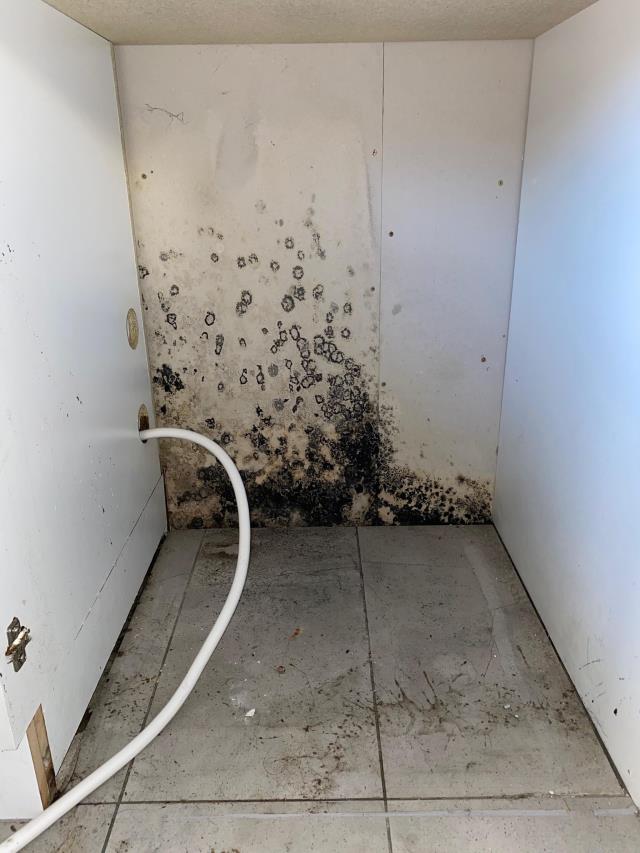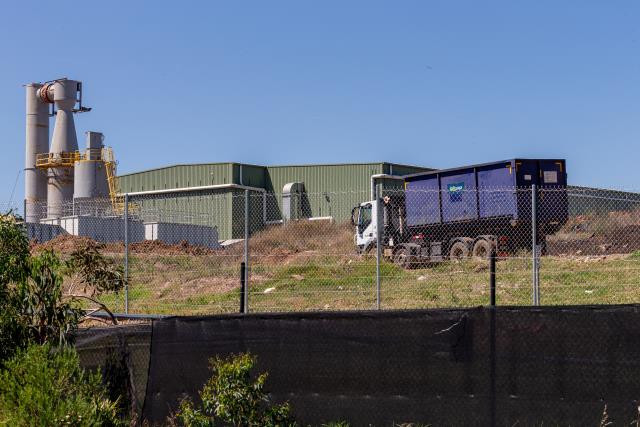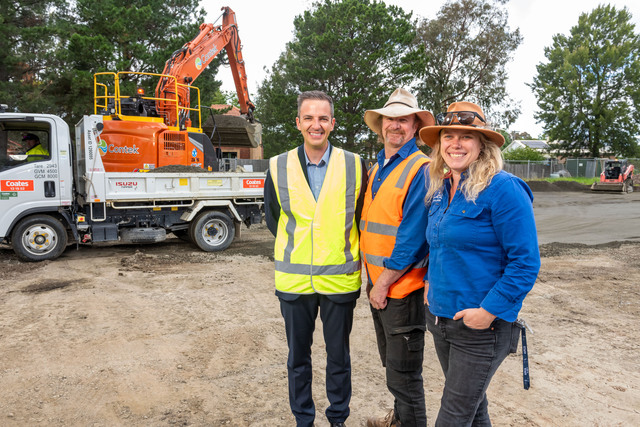A Casey mother, who prefers to not be named, says she and her three children have all experienced ongoing allergic reactions to prolonged mould exposure in their rental.
It’s a grim and hazardous reality for many tenants in Melbourne.
A 2025 Airtasker report revealed that Melbourne was ranked fourth as the mouldiest capital city in Australia — with the South-East being the second on the list of mouldiest regions in Melbourne.
Melbourne’s wet winters and frequent rainfall creates the perfect conditions for mould growth – as do the wet and damp conditions of spring.
Not for profit organisation, Tenants Victoria, helps renters understand their rights and flags the existence of mould as an urgent repair.
“Fixing mould caused by building structure is legally an urgent repair that landlords must address immediately,” said Jennifer Beveridge, CEO of Tenants Victoria.
“We provide information about minimum standards for ventilation, how to document the problem and how the dispute process works.”
“If renters keep the property reasonably clean and use the exhaust fans appropriately, then the landlord is generally responsible for fixing any mould problems.”
Typically mould that is found in indoor and outdoor spaces poses no danger to humans, but it can become problematic when it begins to grow in unwanted places such as bedrooms and bathrooms; this is dubbed as — microbial pollution.
Orla Morrissey, Professor at Monash University and Infectious Diseases Physician at Alfred Health, says that most people do not experience any symptoms when exposed to mould.
But those that do, can develop symptoms such as sneezing, coughing, runny or blocked nose, irritation of the eyes and skin such as rash and hives.
“For those with underlying asthma or allergic conditions it can exacerbate their usual symptoms,” Prof Morrissey said.
“It can trigger an attack in an asthmatic. Spores are inhaled and if a person is sensitive or allergic to the mould spores it can cause them to become unwell.
“The duration and degree of mould exposure do not predict the severity of the symptoms.
“Some people get very sick and others do not experience any symptoms at all.”
Those who are immunosuppressed, such as those undergoing cancer treatment or those who’ve had a transplant, “mould exposure can cause invasive lung infection or pneumonia.”
Which if left untreated, can be life-threatening, says Prof Morrissey.
‘Black mould’ is often an umbrella term used in accordance with the colour most people see, but Orla says there are many kinds of black mould.
The most common strain is Stachybotrys chartarum — which often grows on material that contains cellulose, such as wood and drywall.
But much like Tenants Victoria, Prof Morrissey says that no matter what kind of mould, it’s crucial to eliminate it.
“No matter the type of black mould, it is important to remove it to prevent health issues occurring in the first place or if they have occurred to alleviate or reverse them,” she said.
“It is also important to remove the mould to prevent or limit structural damage to property.”
For the Casey family, the youngest son has a history of respiratory problems like asthma, now with the mould, she says the issue has been exacerbated.
“My son’s got severe asthma, and he’s been to the doctor so many times,” she said.
The Casey family moved in 12 months ago and had no prior knowledge of the severity but the mother says that she’s always been cautious of mould during inspections.
“I’m usually really careful, but because it was inside the walls, and because of the dodgy repairs, I didn’t notice,” said the mum.
Despite the house being a new building, she says it was never properly waterproofed correctly in the bathroom and has only had “bandaid repairs” since.
“It’s only been patched up and painted,” she said.
“But the cause of the leak wasn’t ever fixed.”
It was only after the single mother pushed for further repairs that they made some changes to the showers, but this was still not sufficient in alleviating the issue.
“When they did fix one of the showers, which was full of mould, they’ve just done the bare minimum and it’s still not up to standard,” she said,
“So basically, it’s still got heaps of mould that wasn’t fixed.
“And I can’t use my cupboards, and it’s still making us all really, really sick”.
As well as attempts of waterproofing, mould fogging was also completed which did little to eliminate the mould, or stop it from spreading.
The Casey single mother says she is unable to find a new rental for her family to move to, despite her best efforts.
But in the meantime, she’s gone out and purchased her own air purifiers to mitigate their allergies; which she says shouldn’t be her responsibility.
“I shouldn’t really have to purchase all this stuff,” she said.
“They should have just fixed it, and they should have given us alternative accommodation.”
She’s also working with different organisations including a housing union to ensure her family is protected.
Consumer Affairs Victoria acknowledges the risks of prolonged exposure to mould, urging those who suspect they may have mould in their home to contact their landlord immediately.
But much like the Casey family’s case, despite state laws outlining the possible impact of mould exposure and the urgency to remove it, many tenants are struggling to get their landlords to fix the underlying issues that cause the mould.
The onus on who is required to address the issue is dependent on what activated the mould growth.
For example, a tenant may be responsible if their actions “contributed to the problem” through lack of ventilation after using the bathroom.
However, a landlord may be responsible if the issue was a consequence of inadequate infrastructure such as a broken or faulty window that has let rain in.
Or in this case, a lack of substantial waterproofing in the showers.







